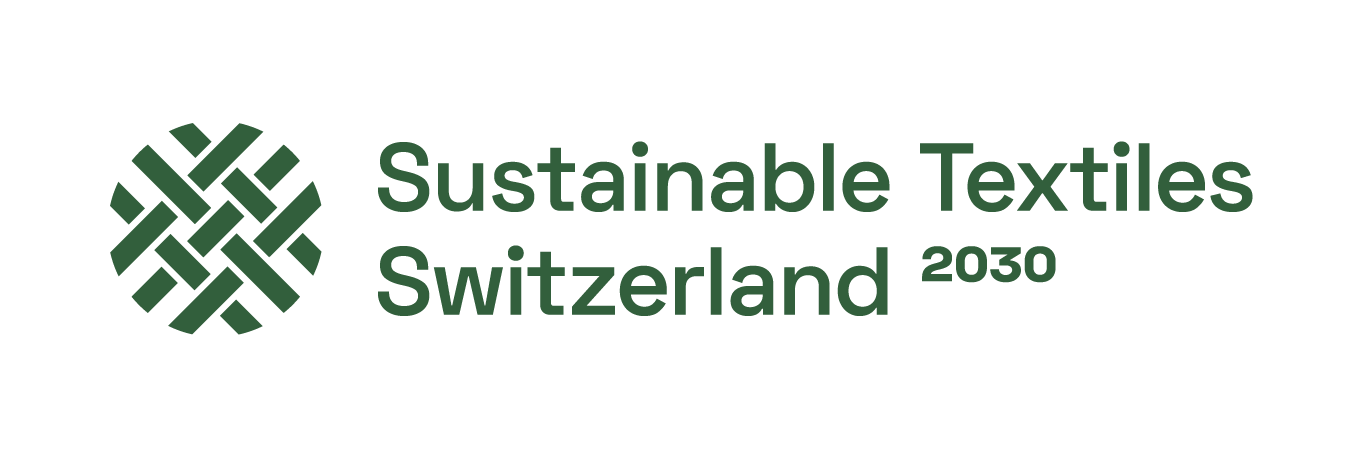Bild: Christin Hume on unsplash.com
Innovations in materials, technology and digitalization, as well as regional and global development and political framework conditions, can influence the measures taken to achieve the Sustainable Textiles Switzerland 2030 goals. Therefore it is necessary revise the goals and measures annually.
Adjustments were also made at the beginning of this year, further sharpening the objectives and measures.
This year’s adjustments are:
Goal 2: Working conditions has two aligned measures:
- Measure 2.3: In order to avoid ambiguities and to be able to support the measure internationally, the addition “according to OECD” was added.
- Measure 2.4: This measure was added additionally. It specifies that the strategy and roadmap developed will also be implemented.
Target 3: Circular economy now refers to sales and no longer to products. This makes it possible to measure the achievement of targets. In addition, the following changes were made to the measures:
- Measure 3.1.: By adding a time period to option 3, all options of measure 3.1. are now time-scheduled
Target 4: Transparency has been rescheduled back to 2030. There were also adjustments to the measures:
- Measure 4.2 and 4.3 have been changed in order to match the time sequence.
- Measure 4.2 was supplemented by a period of 24 months
- Measure 4.3 was also supplemented by a time period (until 2025 and 2028). After feedback that this measure was unclear, we also worded it out
You can find the elaborated targets and measures on the STS 2030 website at https://www.sts2030.ch/targets/.
The aim of the Sustainable Textiles Switzerland program is to support the committed actors in the best possible way in achieving their targets on the way to a sustainable textile and clothing industry. If you have any questions or suggestions, we will be happy to help you. The best way to reach us is by email at .

